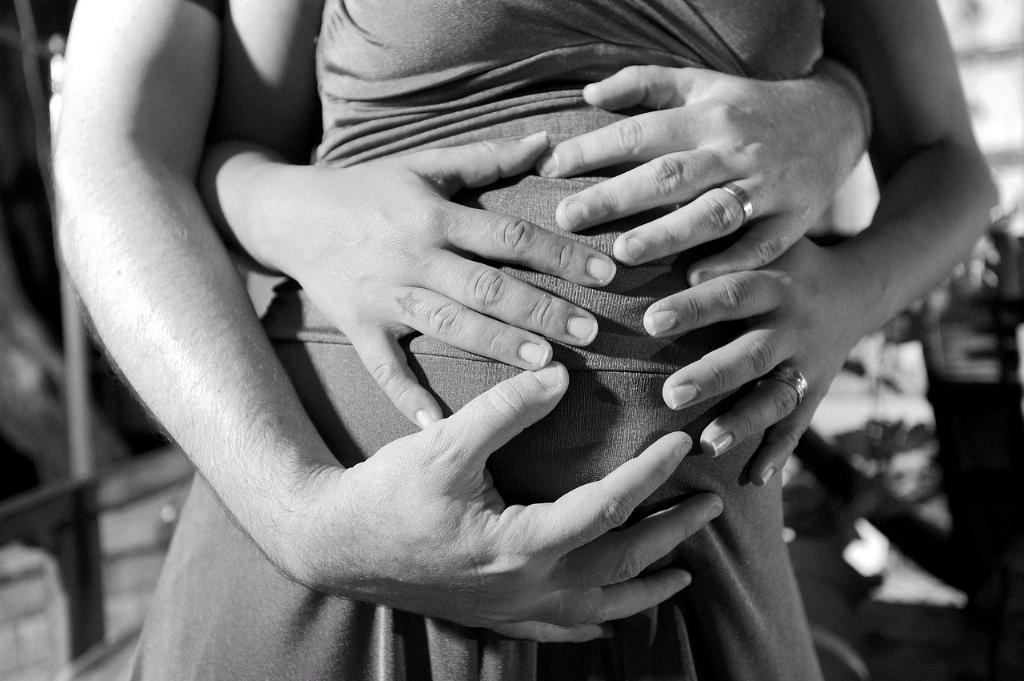Following a Cesarean section, many women experience various discomforts and symptoms as their bodies recover from the surgical procedure. One common issue that some individuals may encounter is chest pain. This discomfort can be alarming and concerning for new mothers, prompting the question of what exactly causes chest pain after a C-section.
Potential Factors Contributing to Chest Pain
When examining the origins of post-C-section chest pain, there are several potential factors that could play a role in its development. One hypothesis suggests that the pain may be linked to right ventricular ischemic strain resulting from right ventricular dysfunction, which is associated with low coronary output stemming from decreased cardiac performance.
Another Theory: Paradoxical Coronary Embolism
In addition to the aforementioned ischemic strain hypothesis, another theory proposes that chest pain following a C-section could be attributed to a paradoxical coronary embolism. This occurs due to the reopening of a patent foramen ovale caused by increased pressure in the right side of the heart, leading to potential clot formation and subsequent chest pain.
The Impact of Cardiac Output
The relationship between cardiac output and the development of chest pain after a C-section is significant. A reduction in cardiac output can contribute to right ventricular dysfunction, potentially leading to ischemic strain and subsequent pain in the chest region.
Factors Affecting Coronary Circulation
Furthermore, the dynamics of coronary circulation may be influenced by various factors post-C-section, such as changes in blood pressure, volume status, and vascular tone. These alterations can impact cardiac function and potentially contribute to the occurrence of chest pain.
Repercussions of Elevated Pressure in the Heart
Elevated pressure within the heart, especially in the right ventricle, can have implications for coronary perfusion and oxygen delivery to the myocardium. If the heart is under strain or experiencing dysfunction, it may manifest as chest pain in individuals recovering from a C-section.
Role of Patent Foramen Ovale
The presence of a patent foramen ovale, a common congenital heart anomaly, could exacerbate the risk of experiencing chest pain post-C-section. If this opening between the heart’s upper chambers reopens due to increased pressure, there is a potential for emboli formation, impacting coronary blood flow and causing discomfort.
Addressing Chest Pain Concerns
Given the complexity of factors potentially contributing to chest pain after a C-section, it is crucial for healthcare providers to be attentive to patients’ symptoms and promptly address any concerns. Monitoring cardiac function, assessing for signs of ischemia, and managing pain effectively are essential aspects of postoperative care for individuals experiencing chest discomfort.
Individualized Management Strategies
Developing individualized management strategies for addressing chest pain post-C-section is key to ensuring optimal patient outcomes. This may involve a multidisciplinary approach, including collaboration between obstetricians, cardiologists, and anesthesiologists, to determine the most appropriate course of action for each patient.
Importance of Patient Education
Providing patients with comprehensive education regarding the potential causes of chest pain after a C-section, as well as the signs and symptoms to watch for, empowers individuals to seek timely medical attention if needed. Clear communication and follow-up care are essential components of supporting patients through their recovery process.
Follow-up Care and Monitoring
Ensuring adequate follow-up care and monitoring for individuals experiencing chest pain post-C-section is vital in assessing their progress and managing any ongoing symptoms. Close observation, appropriate diagnostic testing, and coordination of care among healthcare providers are critical for optimizing patient well-being.
Conclusion
In conclusion, chest pain after a C-section can be influenced by various factors, including right ventricular dysfunction, paradoxical coronary embolism, and alterations in cardiac output and coronary circulation. Understanding the potential mechanisms underlying this discomfort is essential for healthcare providers to deliver effective care and support to individuals navigating the recovery process following a Cesarean section.

